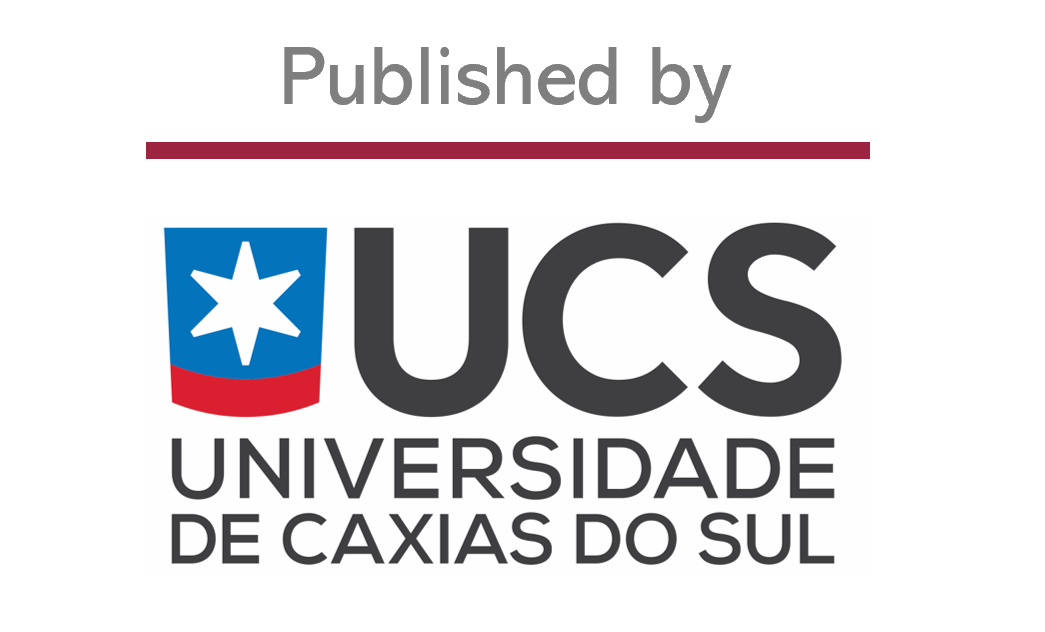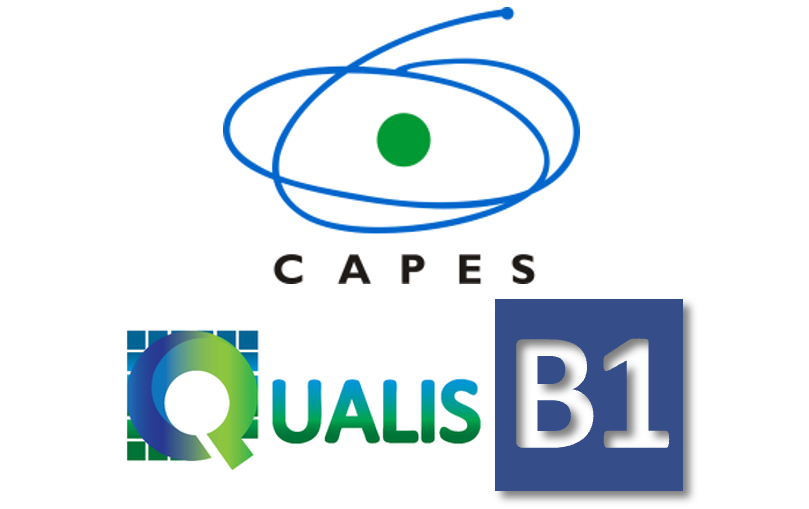Using Electrical Simulation Software to Understand Electrical Quantities in Resistive Circuits
Abstract
This paper describes the development and application of a workshop presented for high school physics teachers, in order to apply the use of electrical simulation software for teaching the basics of resistive circuits. The workshop was developed aiming at the use of active learning strategies and the concepts of David Ausubel’s Meaningful Learning theory. These activities workshops were developed in a practical way, using the electrical simulation software to illustrate a scenario where students are encouraged to engage more actively in their learning. As a result of this workshop, an increase in the importance of the use of new technologies in the classroom was evidenced when used in accordance with the teaching-learning methodologies that promote a more active participation of students.
References
S. A. Freed, Incentivando Aprendizagem Ativa. Revista de Educação Adventista, v.6, 6-10, 1997.
M. Prince, Does Active Learning Work? A Review of the Research. J. Engr. Education, v93(3), 2004.
V. Villas-Boas, O. Balen, H. Libardi, V. L. F. Mossmann, Introducing Active Learning Activities in an Introductory Physics Course at the Universidade de Caxias do Sul. In: E. Graaf; G. N. Saunders-Smits; M. R. Nieweg. (Org.). Research and Practice of Active Learning in Engineering Education; Amsterdam: Amsterdam University Press, p. 101-106, 2005.
P. Swam, Asking Questions that Encourage Inquiry-Based Learning. The PRIMAS Project, University of Nottingham; 2010.
D. P. Ausubel, Aquisição e Retenção de Conhecimentos: Uma Perspectiva Cognitiva. Lisboa; Plátano Edições Técnicas, 2003.
J. Schacter, The Impact of Education Technology on Student Achievement. Milken Exchange on Education Technology; Califórnia; 1999.
CircuitLab. software simulação elétrica. disponível em http://www.circuitlab.com; acessado em 1° de Agosto de 2015.
Downloads
How to Cite
Issue
Section
License
Declaração de originalidade e cessão de direitos autorais
Declaro que o presente artigo é original, não está sendo tendo sido submetido à publicação em qualquer outro periódico nacional ou internacional durante o processo de revisão. Através deste instrumento, em meu nome e em nome dos demais co-autores, porventura existentes, cedo os direitos autorais do referido artigo à revista SCIENTIA CUM INDUSTRIA. Contudo, a reprodução total ou parcial impressa ou eletrônica pode ser feita desde que o autor comunique oficialmente à revista. Declaro estar ciente de que a não observância deste compromisso submeterá o infrator a sanções e penas previstas na Lei de Proteção de Direitos Autorias. Declaro estar ciente de que a não observância deste compromisso submeterá o infrator a sanções e penas previstas na Lei de Proteção de Direitos Autorias (Nº9610, de 19/02/1998).




